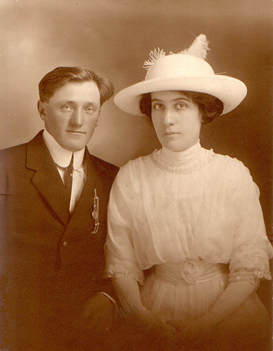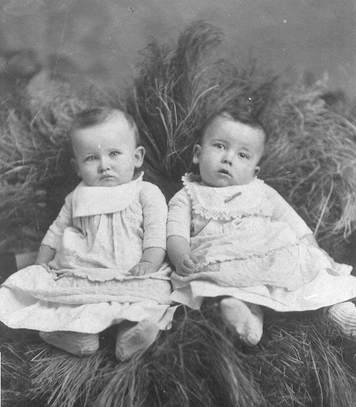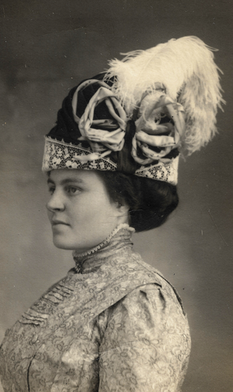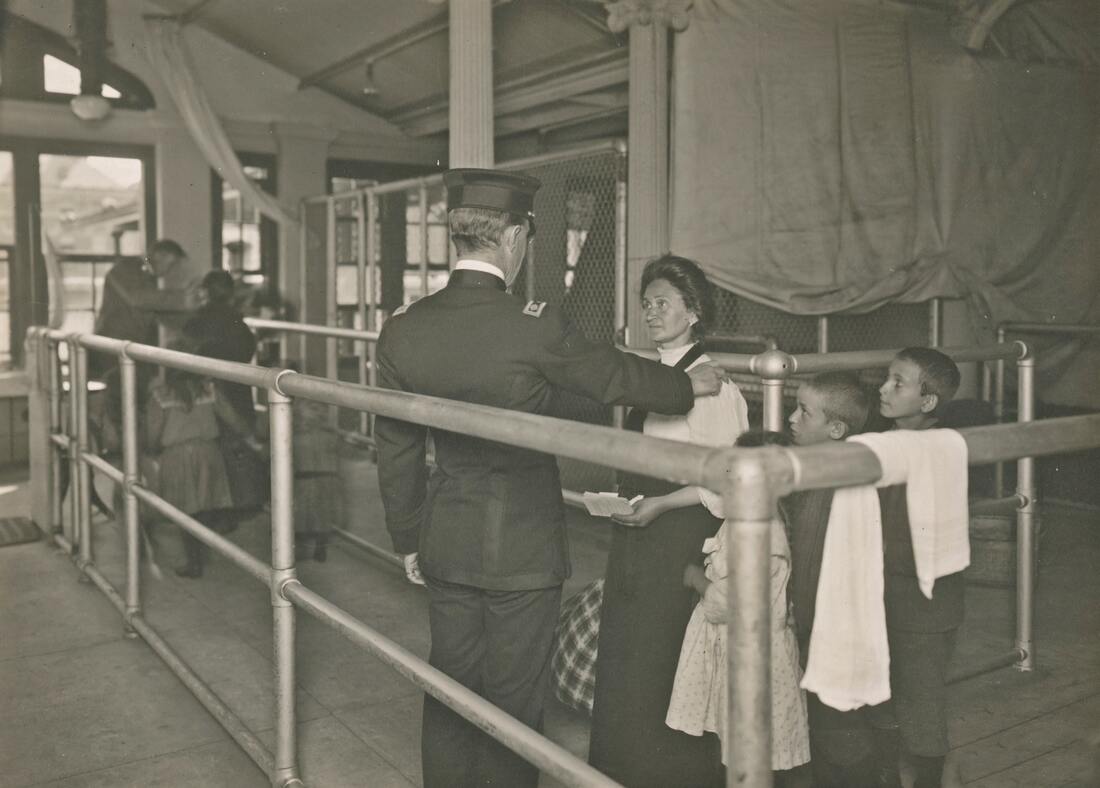|
As I continued my efforts to digitize my family history research this week, I was reminded of some excellent references about immigrants who settled in the Dakotas and Minnesota; they focus on why they traveled from their home country and what their experience was like once they arrived. Let’s look at how these can help us tell our family story. Whether your family is from Ireland, Germany, Norway, Japan or one of the many other countries of this world, they came to American for a reason. Some were running away from harsh conditions in their origin place while others were running to the opportunities available. Most people tended to settle near people who were like them in their new country. It was natural to settle near people who spoke the same language (not everyone spoke English) or had the same religious beliefs. As we’ve discussed in prior blogs, many people from European villages tended to settle near each other. In a prior blog we saw how letters back home told emigrants what to bring, how much things cost and how to go about acquiring land.
According to Wikipedia, Ethnicity is defined as “An ethnic group or ethnicity is a category of people who identify with each other, usually on the basis of presumed similarities such as a common language, ancestry, history, society, culture, nation, race or social treatment within their residing area.[1][2] Ethnicity is often used synonymously with the term nation, particularly in cases of ethnic nationalism, and is separate from, but related to the concept of races.” Books/Resources They Chose Minnesota: A Survey of the State’s Ethnic Groups by Michael Albert (Author), Hyman Berman (Author), C. Winston Chrislock (Author), Louis M. deGryse (Author), Susan M. Diebold (Author), Keith T. Dyrud (Author), Jon A. Gjerde (Author), & 3 more; published by Minnesota Historical Society Press (1981) Plains Folk: North Dakota's Ethnic History (North Dakota Centennial Heritage Series) by William Sherman (Contributor); published by North Dakota Institute for Regional Studies; Subsequent edition (October 1, 1988) Prairie Mosaic an Ethnic Atlas of Rural North Dakota by William C. Sherman (Author); published by North Dakota Institute for Regional Studies; First Edition (June 1, 2981) Prairie Peddlers: The Syrian-Lebanese in North Dakota by William C. Sherman (Author); published by University of Mary Press; First Edition (2002) The Minds of the West: Ethnocultural Evolution in the Rural Middle West 1830-1917 Revised Edition by Jon Gjerde (Author); Published by University of North Carolina Press; Revised edition (February 22, 1999) Dakota Diaspora: Memoirs of a Jewish Homesteader by Sophie Trupin (Author); published by University of Nebraska Press (November 1, 1988) Across the Deep Blue Sea: The Saga of Early Norwegian Immigrants 1st Edition by Odd S. Lovoll; published by Minnesota Historical Society Press; 1st Edition (February 15, 2015) Encounter on the Great Plains: Scandinavian Settlers and the Dispossession of the Dakota Indians, 1890-1930; 1st Edition by Karen V. Hansen (Author); published by Oxford University Press; 1st Edition (October 16, 2013) There are many more book specific to a local and home country. Take some time to read about other ethnic groups including Native Americans. How did their experiences compare to other groups? There are many sites available to learn more about various ethnic groups. The National Archives site has links to several located here. We are all proud of our heritage regardless of our ancestors’ homeland. Reading through these resources I found that while different ethic groups may have had different experiences, we are all more alike than different. Each hoping for better lives for their children and families while facing challenges and struggles to establish themselves. By spending time understanding the immigrant experience, you will be able to create a richer family history to share with your family.
0 Comments
Leave a Reply. |
AuthorWith a lifelong passion for genealogy and history, the author enjoys the opportunity to share genealogy tidbits, inspiring others to research and write their family story. Archives
July 2024
Categories |




 RSS Feed
RSS Feed